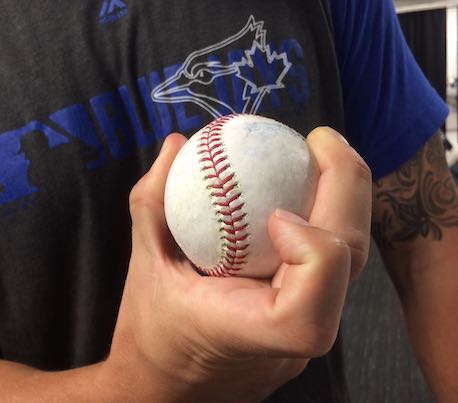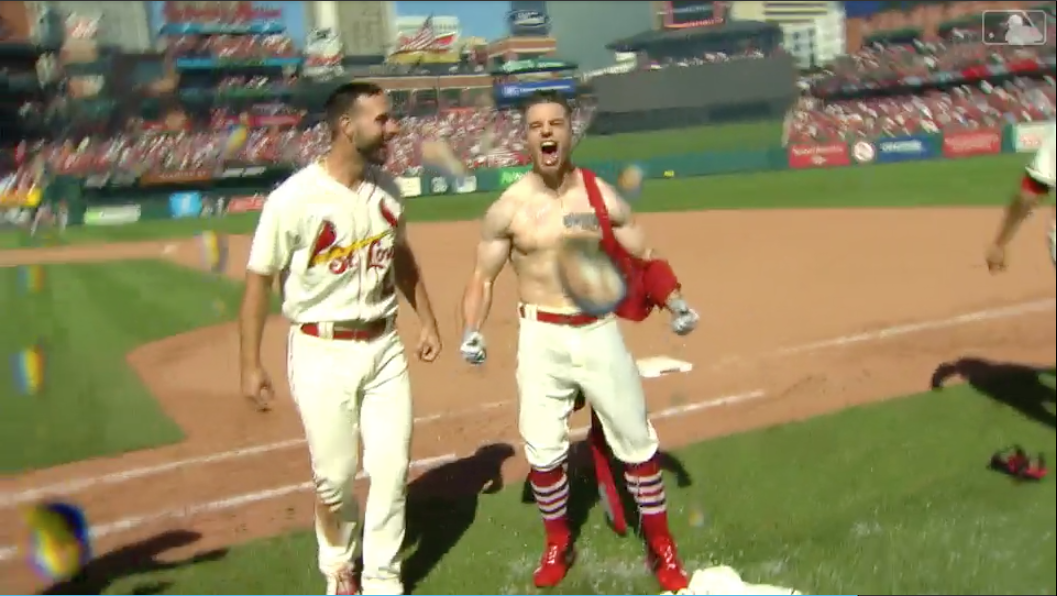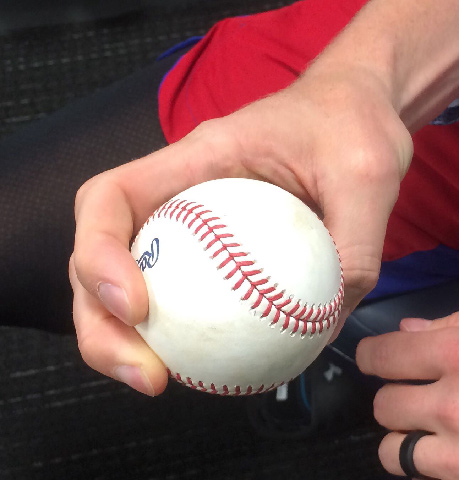The Cardinals’ Deadline Failure Was a Long Time Coming
When the Cardinals beat the Cubs 2-1 last Tuesday, the team took control of first place in the National League Central by one game over Chicago and two games over Milwaukee. That was the last game for St. Louis ahead of the trade deadline. While the season had been an up and down one for the Cardinals, with a great April, a terrible June and July, and a big surge after the All-Star break, the team put itself in position to make a run at the division title. While the offense had struggled for a few months, the club didn’t really need a bat to fortify itself, and there wasn’t much help available at the trade deadline, anyway. The bullpen had been a somewhat unexpected strength all season, and even with Jordan Hicks out, Andrew Miller‘s resurgence, Giovanny Gallegos‘ rise, and Carlos Martinez’s move to relief (plus the arms available in the minors), meant the relievers didn’t need a lot of help, even if another lefty would have been acceptable. But Cardinals had a very clear need in the rotation, and they did nothing to address it.
St. Louis’ front office has gotten a lot of criticism for the team’s failure to make the postseason the past three years. Some of that criticism is deserved, but sometimes, it misses the mark. It’s true that the Cardinals haven’t been very active at the trade deadline in recent seasons, but then, there hasn’t been much need for a lot of activity. The table below shows the Cardinals’ playoff odds on the day before the trade deadline, since 2014:
| Division | Wild Card | Playoffs | Division Series | |
|---|---|---|---|---|
| 2014 | 32.2% | 25.4% | 57.6% | 44.6% |
| 2015 | 79.0% | 20.4% | 99.4% | 89.1% |
| 2016 | 3.9% | 43.0% | 47.0% | 24.5% |
| 2017 | 6.8% | 16.0% | 22.8% | 15.4% |
| 2018 | 0.7% | 12.3% | 13.1% | 7.0% |
| 2019 | 30.1% | 22.8% | 52.9% | 41.0% |
The Cardinals haven’t had more than a 25% chance of making the division series, or even a 10% chance of winning the division at the trade deadline, since 2015. In that season, the team was virtually assured of a playoff spot, so they added a few relievers and a bench bat. Without going over all of those seasons in detail, the Cardinals haven’t found themselves in a position where an infusion of talent at the trade deadline would have meaningfully tipped their playoff odds since 2014, when they traded two young players off their active roster in Joe Kelly and Allen Craig for John Lackey, who was signed through 2015. The Cardinals’ failure to address their needs this trade deadline is a departure from past seasons, not a continuation. Read the rest of this entry »



